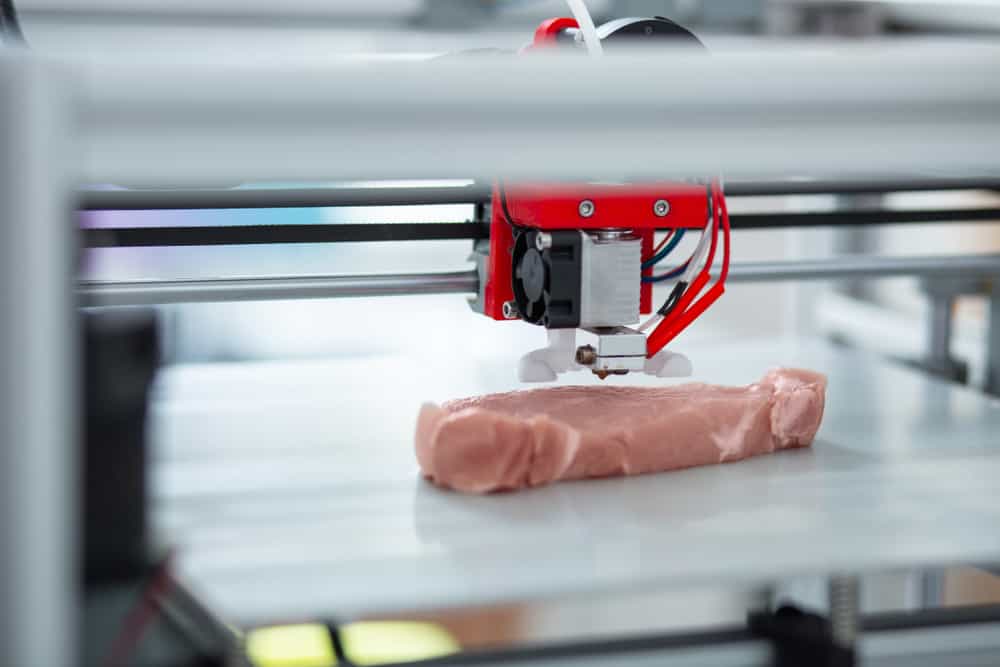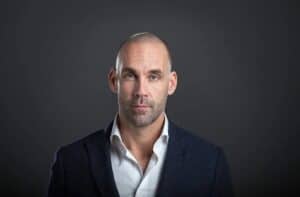An interview with NAK Horticulture
“When we get to 2040, we’ll need 40 per cent more food to feed the growing world population. This means we have to produce more.” Van Hooijdonk sees another three challenges for the agricultural sector. “We will have to limit energy emissions. In addition, the market demands better quality products. And finally, as is the case with factory-produced products, the uniformity of the end product also becomes more important.” According to Van Hooijdonk, existing technologies will not be sufficient for the agricultural sector to meet these challenges. “And I’m not even talking about the fact that soon, we won’t have enough people to do all the work.” Meanwhile, the futurist sees good opportunities for farmers and growers. “In the agricultural sector, more than 95 per cent of the tasks have a plannable and repetitive character. Think, for example, of sowing and harvesting, but also disease spotting. Using cameras, sensors, robots, machine learning, and other types of artificial intelligence, all these tasks can be easily automated.”
Technology is necessary
Technology is not only fun, but also necessary for survival, warns Van Hooijdonk. “For example, we have to build millions of homes and we can’t do that without new technology. We also see major problems in healthcare in the Netherlands. 100,000 people are needed in this sector. Half of the current number of healthcare workers are over 50 years of age. Technology also needs to provide critical solutions here.”
Innovation is vital for companies aiming for long-term success. “Otherwise you’ll lose out,” says the futurist, who also sees serious challenges ahead for agricultural entrepreneurs. “In countries such as China and India, vertical farming is booming. Local production is the answer to challenges caused by high transport costs. Vertical farming is a real lifesaver there.” But Van Hooijdonk also sees vertical farming gaining traction outside the agricultural sector. “This is already taken into account in new buildings, which are intended for living and working. Apple headquarters is an unbelievable example.” What applies to vertical farming also applies to rooftop farming, says Van Hooijdonk. “Large cities are increasingly going green, with 1.5 to 2 per cent of food production already taking place via rooftop farming. In this rapidly changing world, we really need to look ahead. We don’t want to look in our rear-view mirror and wonder why we missed it.”
3D meat printing
Other forms of local production are also emerging, according to the Dutch futurist. “One of these new developments entails the placement of containers in which a local chef grows his own vegetables and other ingredients. And who would have thought 10 years ago that it would ever be possible to produce food that looks like meat, tastes like meat, smells like meat, but isn’t meat – with a 3D printer? Soon our bodies will be continuously monitored by nanobots that indicate which nutrients we need. This data will automatically power a smart food printer to print, for instance, the right type of meat for your body, containing exactly the right amount of vitamins, minerals, and other nutrients. This will be possible in ten to twenty years.”

In the future there will also hardly be any restrictions when it comes to food production, says Van Hooijdonk. “Think smart greenhouses, for instance, in which we can grow vegetables, fruit, flowers, and plants under almost any condition. Everywhere, even in the desert. What’s more, the line between health and nutrition will blur. Genetic engineering will enable us to change food properties and ensure that a cucumber or tomato will make an even greater contribution to our physical well-being. The significant cost savings and increased efficiency will lead to more competitive agricultural and horticultural industries. Countries such as India and China are also working hard to develop these new technologies, with more people, higher budgets, and sometimes also superior intelligence and clout.”
Faster change
When markets change, entrepreneurs have to change along with them, says Van Hooijdonk. “And those change cycles continue to accelerate. In 2014, it took about 12 years to fundamentally change a company from model A to B. Now this only takes 7 years. I am willing to bet that if you don’t start changing now, your company will only survive for another 5 or 6 years.” Van Hooijdonk’s calculation is clear. “It’s not five minutes to midnight, but five minutes past midnight. As an entrepreneur you have to start the change process now.” But van Hooijdonk realises that this is not easy, seeing the daily struggle of many entrepreneurs. “Uncertainty and the fear of being different play a role in this. But the main reason for entrepreneurs’ unwillingness to change is the belief that all is well as it is. In times of crisis, such as the Dotcom bubble or the oil crisis, companies need to change in order to survive. However, if that need isn’t there, it becomes an entirely different story.”
Chinese acquisitions
Van Hooijdonk also sees serious threats to the agricultural and horticultural sector at the macro level. “In the future, 20 per cent of companies will account for 80 per cent of our food production. This makes large food producers an interesting acquisition candidate for, for example, Chinese companies, which puts the Dutch economy in danger.” According to the trendwatcher, cybercrime is a growing concern. Especially when it comes to the emergence of mega agricultural and horticultural companies. “Hijacking critical infrastructure is becoming an increasingly lucrative business model for hackers. And seeing the scale at which companies in agriculture are expanding, this industry is becoming increasingly interesting for cybercriminals. Think sabotaging food production as a tool for extortion.” Van Hooijdonk predicts an influx of people without roots in horticulture. “These are innovative entrepreneurs with a university degree, who are used to thinking in terms of technical solutions as an instrument to make processes run more efficiently.” These can include market disruptors that are capable of revolutionising entire industries – like Uber, Booking.com, and Deliveroo, for instance.
Digital twins
An important disadvantage of change through innovation is that it takes a lot of time to get a new company up and running. “Machines and other technological tools need to be set up and fine-tuned, and all of that takes a while.” The latter is certainly applicable when creating the ideal growing conditions in a greenhouse. Van Hooijdonk advises farmers and growers to use the concept of digital twins when changing their own company. Digital twin technology enables a company to rebuild itself virtually, as it were, taking any conceivable factor into consideration. Van Hooijdonk illustrates the digital twin concept by using the example of a new apartment building. “During the virtual construction phase, you can test everything, such as the way building materials react to extreme temperatures, how the apartment building responds to wind, and how the residents move around the building”.

New skills
According to Van Hooijdonk, the agricultural business of the future requires people with new skills. “As an agripreneur, you will soon need to hire specialists in the field of artificial intelligence, genetic engineering, and robotics. This requires a different approach from agricultural education, especially at the middle and lower vocational levels.” Van Hooijdonk would therefore like to see a new type of education in the form of the campus concept. This concept relies on three facets that work in close collaboration. Firstly, schools as suppliers of students. Secondly, startups and grownups for knowledge transfer. And thirdly, agricultural companies as financiers and stakeholders. “It is becoming increasingly important for entrepreneurs and their staff to possess soft skills,” says Van Hooijdonk. “The leaders of the future need to be able to inspire and enthuse people about their dream. And ask a lot of questions. You have to be able to bring people and disciplines together and make them work well together. And above all, take a good look around you every day. The mindset of the entrepreneur is the main driver for change. Only the paranoid survive.”
Not a side-hustle
Van Hooijdonk also sees excellent opportunities in reverse mentoring. “Have someone aged 20-25 with technological knowledge collaborate with someone aged 40-50 with a lot of knowledge of their own organisation. And put them in charge of a particular topic – together.” Innovation is not a side-hustle, says Van Hooijdonk. “You need to focus on it every day. Bring in knowledge and inspiration, develop a vision, and start experimenting.”
Share via:


